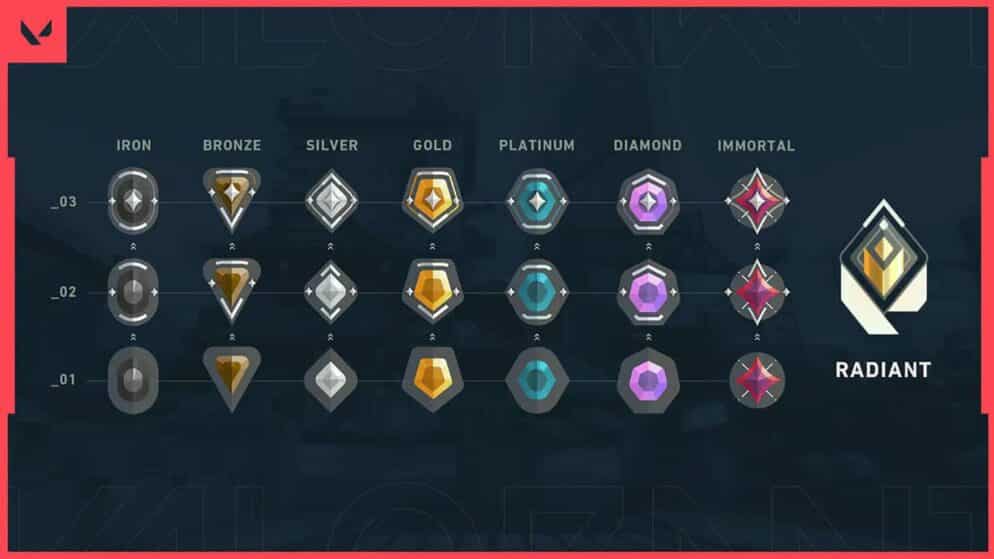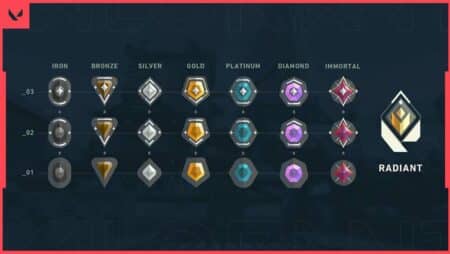

Valorant MMR Explained
Valorant is a highly competitive video game that attracts players globally, all striving to advance in its ranking system. The game features intense matches and strategic gameplay, quickly becoming a favorite in the esports community, drawing interest from both casual gamers and professional players.
Ranks in Valorant reflect a player's overall skill level, categorized into nine skill groups: Iron, Bronze, Silver, Gold, Platinum, Diamond, Ascendant, Immortal, and Radiant. Except for Radiant, each group has three subdivisions. Understanding the Matchmaking Rating (MMR) is crucial, as the visible rank may not accurately represent a player's true skill level.
What is MMR in Valorant?
Valorant’s Matchmaking Rating (MMR) is a concealed metric that gauges a player's performance in the game's competitive mode. Unlike the visible rank, MMR is hidden and dynamically adjusts based on player performance during competitive matches. Exceeding expectations against other players in the same skill group will boost your MMR, while underperformance will lead to a drop. Additionally, if a player becomes inactive, they might face MMR decay, where their MMR diminishes over time due to inactivity. This keeps the competitive environment balanced and ensures matches are consistently challenging.
How To Check Your MMR in Valorant?
Players cannot directly see their MMR in Valorant, but they can gauge it through their Rank Rating (RR) gains and losses after competitive matches. If a player’s MMR is higher than their current rank, they will observe increased RR gains on wins and smaller losses on defeats.
Several factors, such as individual performance and round differences, also influence RR. Monitoring these RR changes can provide a rough estimate of one's MMR. Consistent evaluation of these metrics helps in understanding where one might be positioned in terms of matchmaking rating.
















